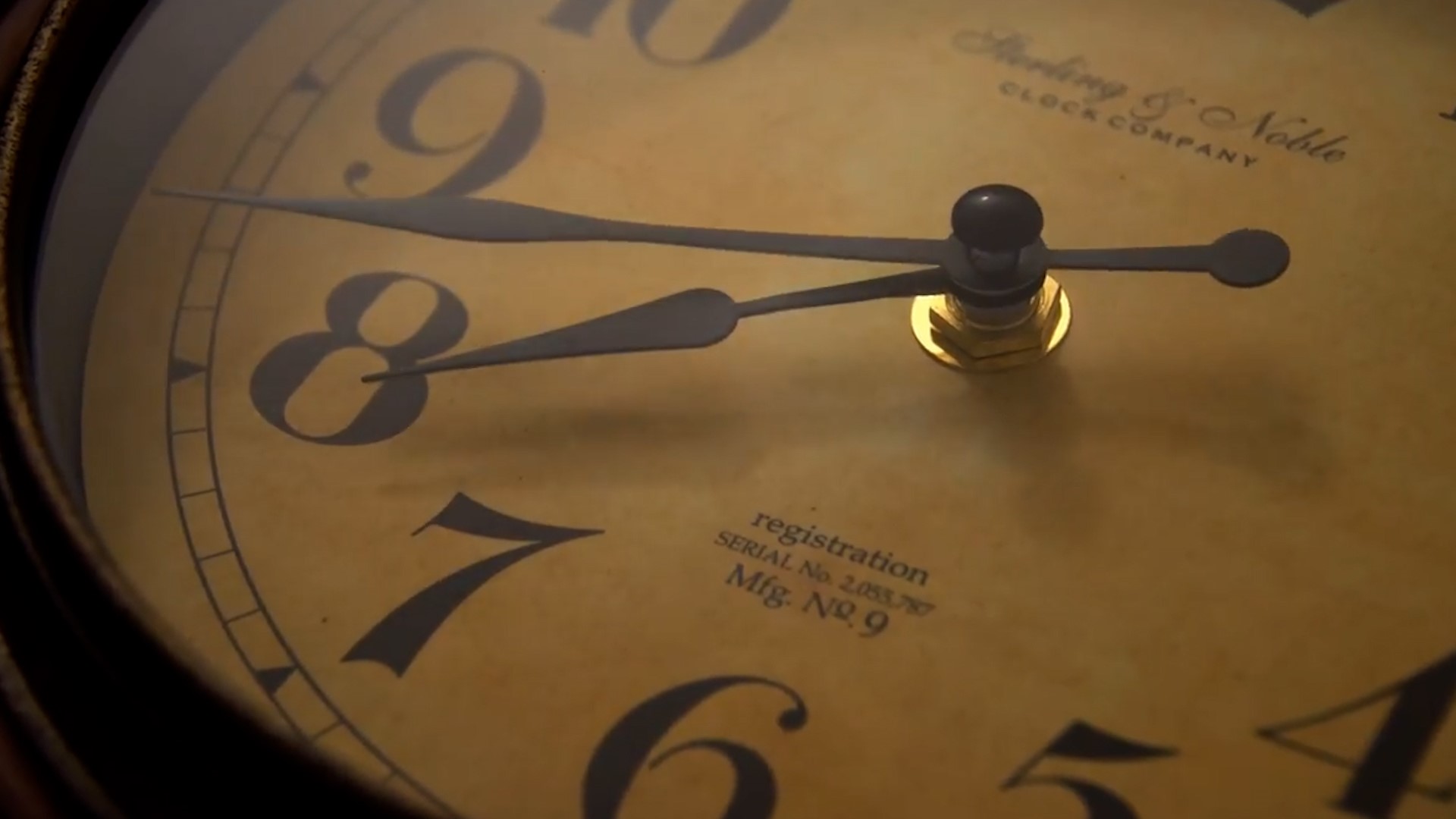Have you ever been minding your own business, just getting your work done when you look outside and it’s dark! Like, how long have I been working?? Isn’t it time to go home if it’s this dark?
This is a common problem that plagues many people every fall and winter. It’s known as Daylight Saving Time. That’s *saving* time, not savings. There’s no “s.”
Daylight Saving Time, as many of us are familiar with, is the practice of changing our clocks forward one hour in the spring, and setting the back one hour eight months later, in the fall.
Benjamin Franklin and others in the 1700-1800s independently conceived of moving clocks forward and back as a way to save money and generally make life better, either by not having to buy as many candles or with having extra sunshine in the summer.
It was first enacted in the United States during World War One as a way to conserve fuel for the war effort, and then had an on-again, off-again relationship with Americans until the 1970s, when it became standard practice to move the clocks forward and back twice a year.
However, as they say the road to a bad place is often paved with good intentions. Because here’s the catch-Daylight Saving doesn’t actually save any energy, nor does it save any dollars.
This was because while the use of lighting dropped, there was more demand for heating and cooling.
But that’s not the only problem with Daylight Saving. Not all countries observe DST, and not even all U.S. states do either.
In 1966, Congress passed the Uniform Time Act that gave us the system we have today, and allows states the option to stay on Standard Time.
Arizona, Hawaii and all U.S. territories ditched Daylight Saving Time, as did Michigan for a few years and most of Indiana until 2006, but no other state has opted out since the law was passed.
So why don't we as a country all just is it or leave it? In the last four years, 19 states have either enacted legislation or passed resolutions to stay sprung forward all year long, and two more are studying the issue.
There's just one problem with that-the Uniform Time Act only allows states to stay on Standard Time all year long, not the more popular Daylight Time. To stay on Daylight Time, a state would need congressional approval.
So the next time you look up from your work and notice it’s dark outside, don’t worry-it’s just Daylight Saving Time! You’ve still got at least another hour to work before you get to go home.

